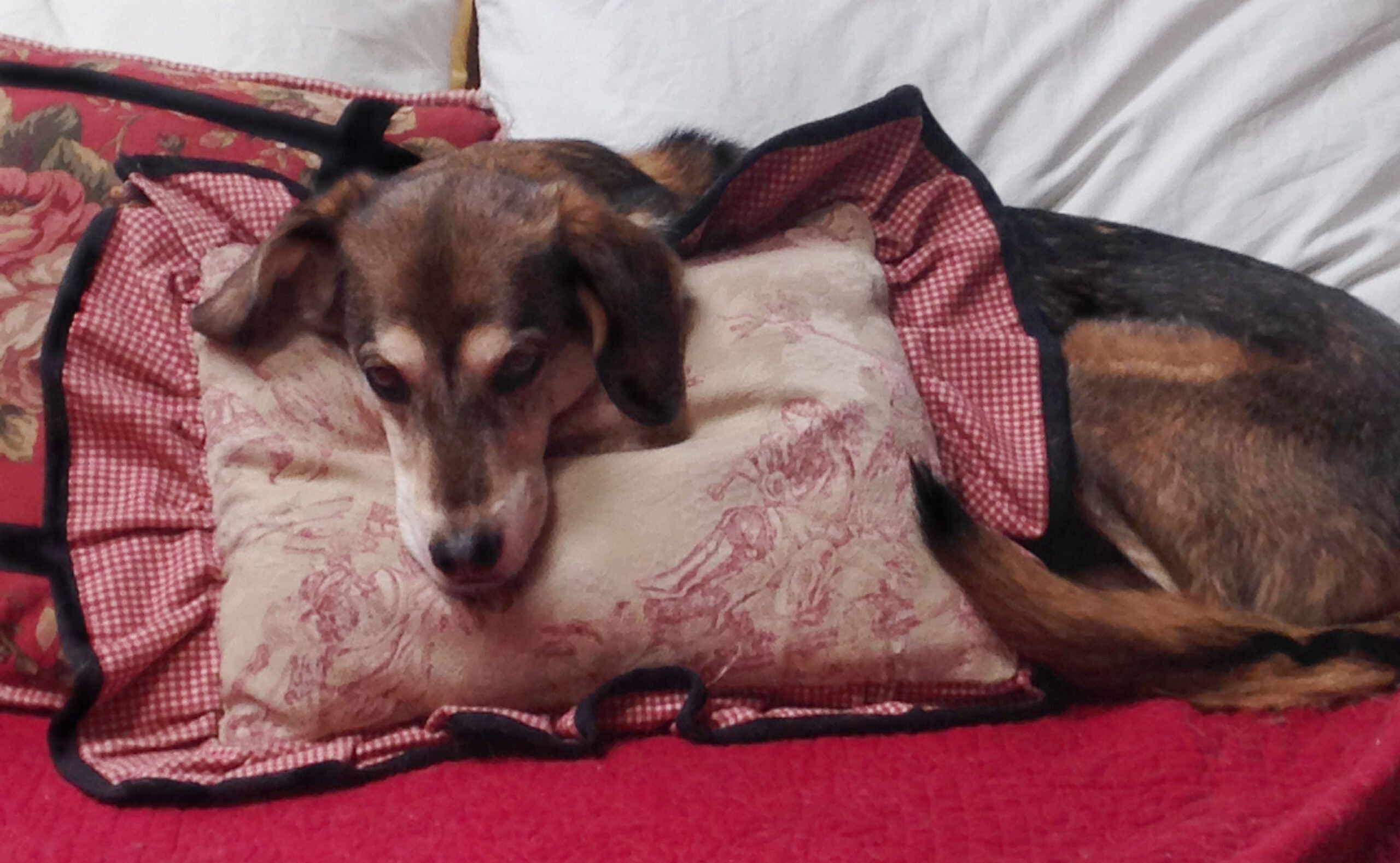Does your dog panic when he’s left alone or when there are fireworks or other loud noises? These reactions can cause a lot of stress for both you and your pet. One of our regular veterinarians will be joining us to talk about these reactions and how we can make them better.
Featured in this Show
-
How To Stop Separation Anxiety In A Dog
We’ve all seen the pictures on social media of a guilty-looking dog who destroyed a door or couch after being left alone. The pictures are funny until it happens to you.
But, these pets might be bored or suffering from separation anxiety (SA), the fear of being left alone that results in destructive or disruptive behavior.
So, how can a person tell if their dog has SA? Veterinarian Dr. Sandra Sawcuk said one of the things that she asks owners who think their dog might have SA is: “Can you go to the bathroom by yourself?”
“They look at me like why are you asking that, but then it dawns on them and they say, ‘Well, no. The dog always has to be with me in the bathroom,’” said Sawchuk, who’s a clinic instructor at the University of Wisconsin-Madison School of Veterinary Medicine.
That is a sure sign the dog might have SA, she said.
“The best way of not having separation anxiety is to prevent it,” she said. “It’s important that when you get a new dog, they know the world isn’t going to end if the owner isn’t there.”
She said there are simple things people can do to get SA under control: Non-emotional arrivals and departures are key to preventing SA from developing.
She suggested not having contact with one’s dog for 30 minutes before leaving the house. It’s important that people are calm and cool and not running around frantically looking for keys and such so the dog isn’t feeding off pre-house leaving anxiety. The same is true when arriving home. Try not to make a big deal of coming home.
She said that is a very difficult thing to do, but it makes a big difference in how a dog reacts.
Another way of preventing SA is to get a dog used to being alone. This can be accomplished by having a comfortable bed for them, giving him something good to chew on and then stepping out of the room. Doing this will help the dog learn that even though people are in the house, they are separated and it’s OK. This will help to get the dog to start learning independence skills.
If these techniques don’t help, she said then it might be time to consult a professional. Sawchuk suggests a veterinarian, an applied animal behaviorist or a certified veterinary behaviorist.
At that point, she said pet owners are looking at possible drug therapy and more extensive behavioral management.
Episode Credits
- Larry Meiller Host
- Jill Nadeau Producer
- Dr Sandra Sawchuk Guest
Wisconsin Public Radio, © Copyright 2025, Board of Regents of the University of Wisconsin System and Wisconsin Educational Communications Board.
